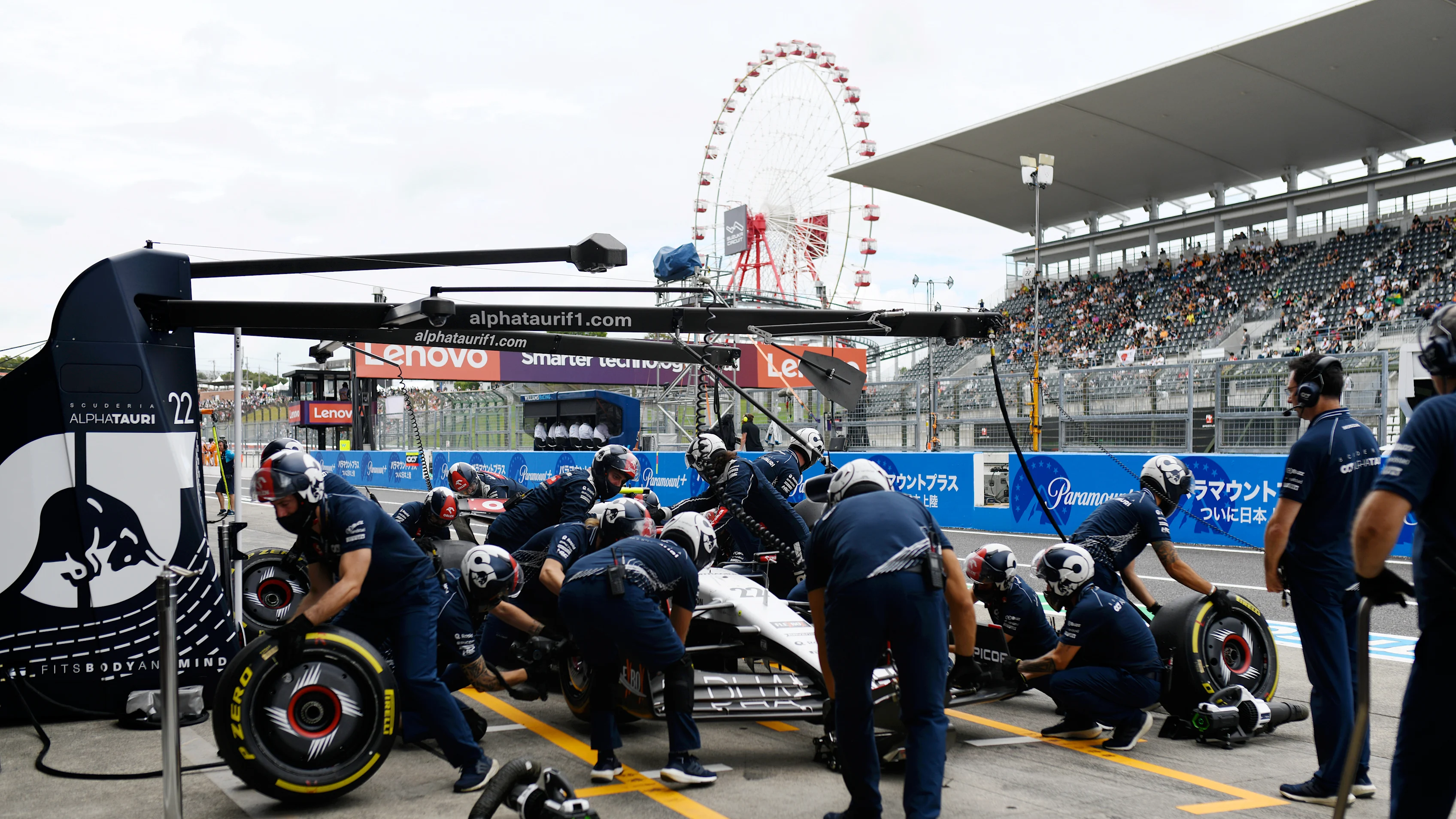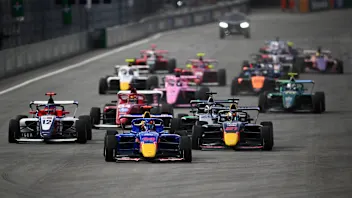STRATEGY GUIDE: What are the possible race strategies for the 2023 Japanese Grand Prix?


Red Bull were on pole again but McLaren are in a strong position, and tyre degradation has given the teams a headache so far this weekend. Let’s take a look at a few of the strategic options that are likely to be open to the drivers on race day in Japan…
What’s the quickest strategy?
After the initial running it became clear that tyres were struggling with the conditions this weekend, as Pirelli found the track to be a little smoother than it has been in the past despite there having been no resurfacing or special treatments applied.
Next Up
Related Articles
 F1 ACADEMY unveils calendar for 2026 season
F1 ACADEMY unveils calendar for 2026 season Abu Dhabi 'not a bad weekend' for Ferrari – Vasseur
Abu Dhabi 'not a bad weekend' for Ferrari – Vasseur An exclusive look into Pierre Gasly's off-track life
An exclusive look into Pierre Gasly's off-track life Piastri reveals lessons that will ‘only make me stronger’
Piastri reveals lessons that will ‘only make me stronger’ 3 inspiring individuals share their paths to working in F1
3 inspiring individuals share their paths to working in F1 Piastri 'will be a world champion' in future – Norris
Piastri 'will be a world champion' in future – Norris
